Introduction
Despite the positive intention of the technology, it causes a threat to the educational process, as more and more students use it in class (Becker 2013).
Meanwhile, the misuse of the technology might be the primary reason for the social judgement while questioning an individual privacy.
A rationale for the problem: This issue is rising on a continuous basis, and it is vital to modify the policy related to this matter.
The key goal of the presentation is to determine whether the modifications to the technology used in the classrooms can be enhanced.
Today, no one can imagine our life without technology since it is highly integrated with our everyday routines. Technology is one of the critical aspects of our living, as it helps students and a teacher communicate and enhances the understanding of the topic. Moreover, it is one of the essential elements, which improves the quality of life and eases the education process dramatically. Consequently, based on the factors mentioned above, technology is vehemently integrated into our living and assists in daily decision-making.
Nonetheless, I have to state that despite the positive intentions of the technology, it might be regarded as one of the potential causes of threat to the educational process. More and more students use their smartphones and tablets in the class, and this matter can be regarded as a primary cause of the social judgment while questioning an individual privacy. Subsequently, the primary rationale for the necessity of the policy development is the fact that the issue is rising on a continuous basis, and it is critical to modify the rules associated with this matter. Technology starts to become a destruction but not a helper in the education process. In this instance, the key goal of the presentation is to determine whether the modifications can be introduced to the technology used in the classroom while using the findings of the article Anticipating the exemption, not the rule: forming policy for student use of technology in the classroom by Becker.
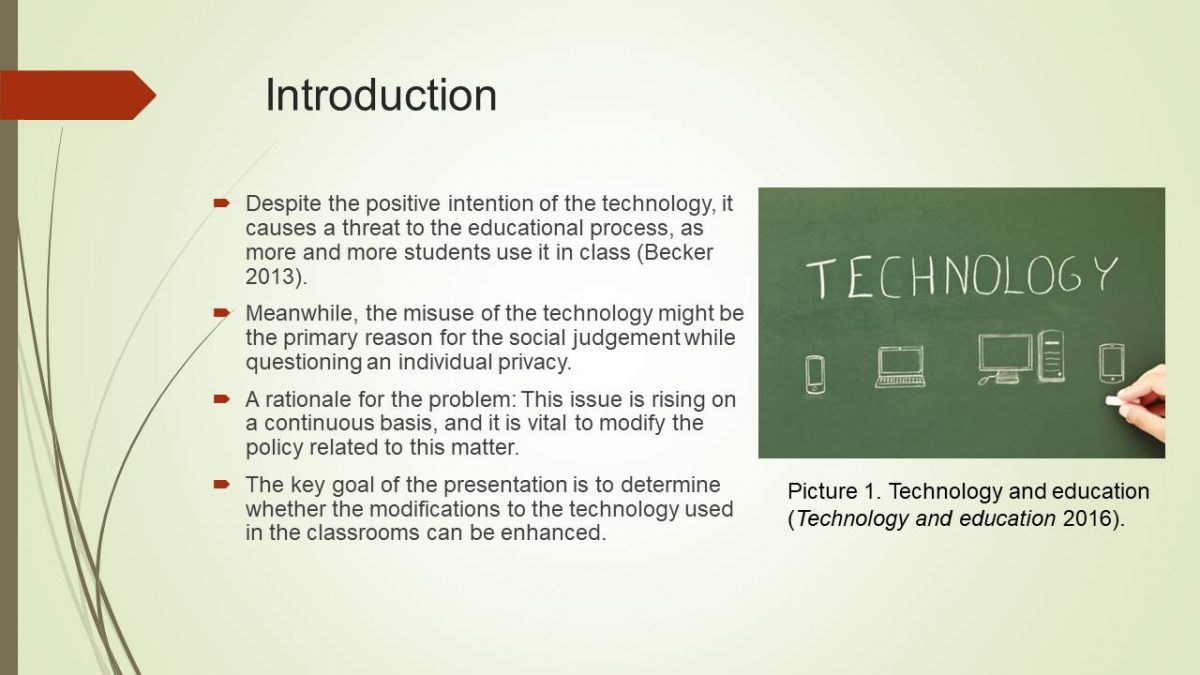
Structure of the Presentation and Reflections
- Introduction.
- Descriptions of the key concepts and matters mentioned in the article Anticipating the exemption, not the rule: forming policy for student use of technology in the classroom by Becker.
- Key concepts of the article: Three situations.
- Analysis of the proposed policy.
- Conclusion.
- References.
Reflections
Nowadays, students have a tendency to use cell phones on the regular basis to share images and posts due to the sharing principles of Western culture (Becker 2013).
The teacher understands the development of this matter and the usage of technology in the educational process, but students believe that teachers are unaware of their actions (Becker 2013).
In turn, the role of technology is questionable since its misuse might lead to the violation of privacy (Becker 2013).
Meanwhile, the usage of technology during polls to acquire information might reflect the inappropriate comments (Becker 2013).
A combination of these factors increases the difficulties for the policy development due to the rising tensions between students and teachers and the undiscovered role of the technology in the classroom.
In this case, the presentation consists of the descriptions of the key concepts and issues mentioned in the article Anticipating the exemption, not the rule: forming policy for student use of technology in the classroom by Becker, portrayal of the primary concepts of the article: three situations, and offers the analysis of the proposed policy, conclusion, and references.
On the right side of the presentation, the core reflections of the article are highlighted.
Nowadays, students have a tendency to use cell phones on the regular basis share images and posts due to the sharing principles of Western culture (Becker 2013).
The teacher understands the development of this matter and use technology in the educational policies, but students believe that teachers are unaware of their actions (Becker 2013).
The role of technology is questionable since its misuse might lead to the violation of privacy (Becker 2013).
Meanwhile, the usage of technology during polls to acquire information might reflect the inappropriate comments (Becker 2013).
A combination of these factors increases the difficulties for the policy development due to the rising tensions between students and teachers and the undiscovered role of the technology in the classroom.
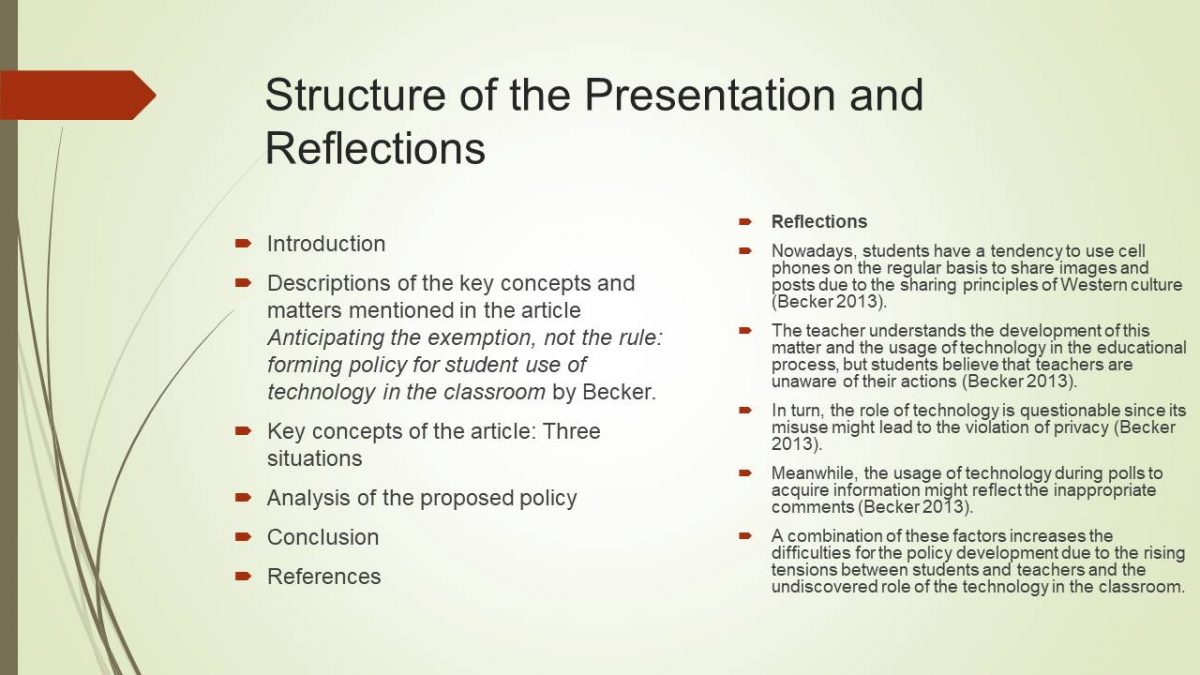
Core Concepts of the Article: Rationale
Sharing principles of the Western culture (Becker 2013).
Meanwhile, it determines the possibility of recording while questioning the individual right of privacy.
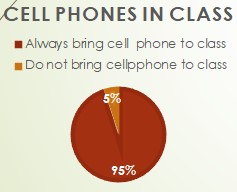
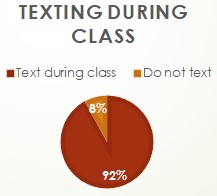
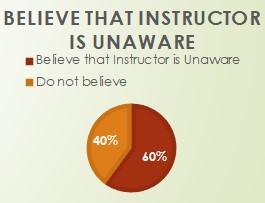
And the usage of the cell phones is defined by the sharing nature of the Western culture (Becker 2013). Meanwhile, the diagrams portray the common beliefs shared among the students concerning the utilization of the devices in class.
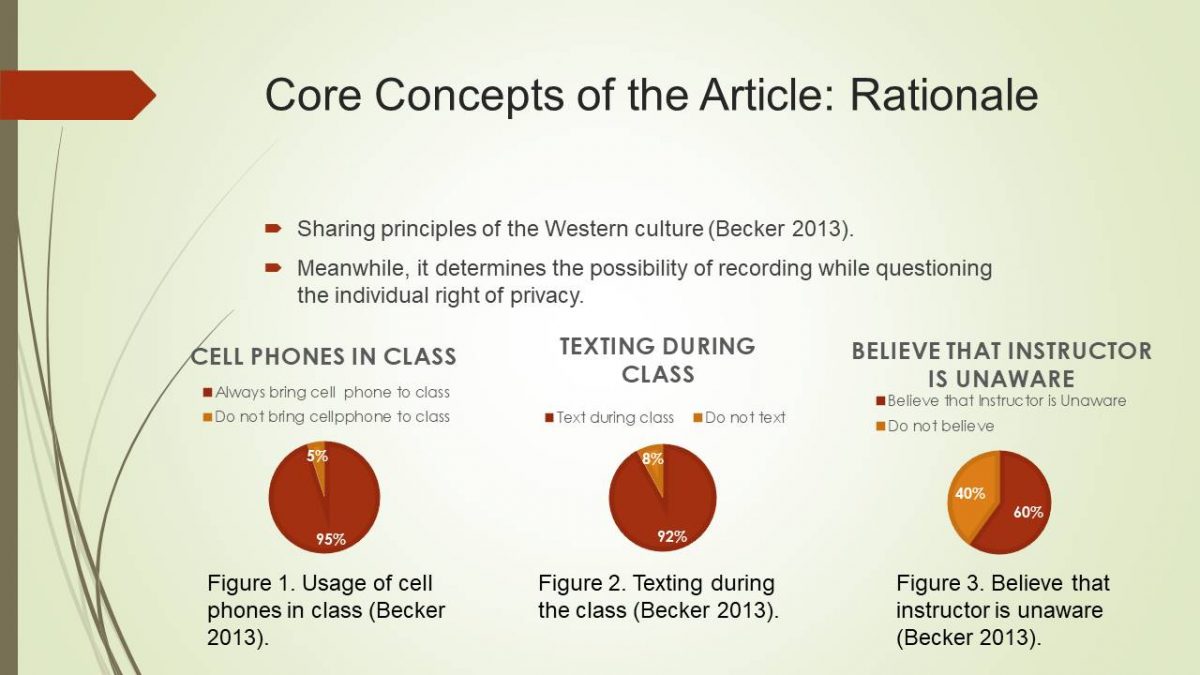
Three situations
- Situation 1: A secret video recording made public: Any message can become available worldwide (Becker 2013; Student suspended for recording teacher 2015).
- Situation 2: Request for permission to make an audio recording: Recording private conversations (Becker 2013; Recording in school 2014).
- Situation 3: A student response system is used to display questionable comments: Inappropriate comments during the presentation (Becker 2013Student response system 2015).
Nonetheless, despite the positive portrayal of the technology in the educational field, technology is full of risks. This slide displays the relationship of technology with risks by referring to the mentioned situations and uses videos as a rationale. Nevertheless, the students’ response systems can be used to provide the answers for the multiple choice tests to ensure the absence of the disturbing comments.
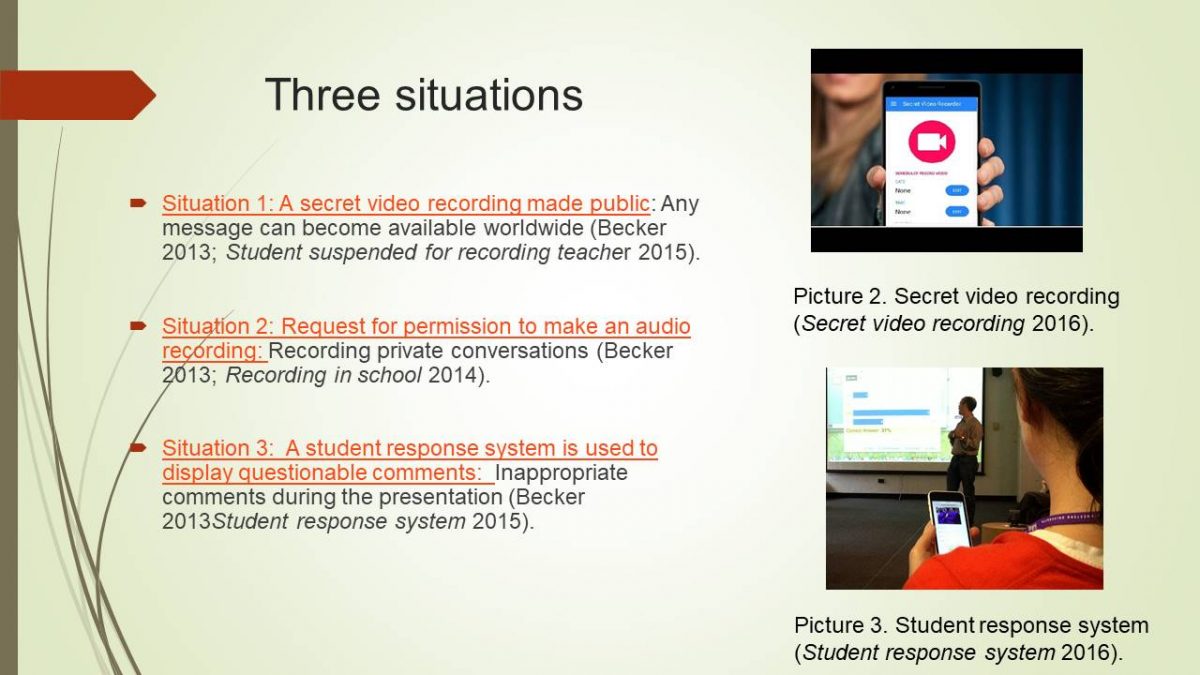
Analysis of the Proposed Policy: Description
The proposed policy implies the enhancement of the technological understanding among the teachers while offering support to the new instructors and anticipating the usage of the technology in the classroom (Becker 2013).
Meanwhile, the minimizing the utilization of the cell phones will have a beneficial impact on the overall decision-making due to the ability to explain the technological etiquette (Becker 2013).
In this case, each instructor designs the policy on the individual basis while explaining the students their acceptable actions.
Meanwhile, the sufficient development of the policy defines the overall philosophy of the educational process while being able to improve the overall experience and eliminate the issues (Cooper, Shohamy & Walters 2001; Smith 2013).
The proposed policy implies the enhancement of the technological understanding among the teachers while offering support to the new instructors and anticipating the usage of the technology in the classroom (Becker 2013).
Meanwhile, the minimizing the utilization of the cell phones will have a beneficial impact on the overall decision-making due to the ability to explain the technological etiquette (Becker 2013).
In this case, each instructor designs the policy on the individual basis while explaining the students their acceptable actions.
Meanwhile, the sufficient development of the policy defines the overall philosophy of the educational process while being able to improve the overall experience and eliminate the issues (Cooper, Shohamy & Walters 2001; Smith 2013).
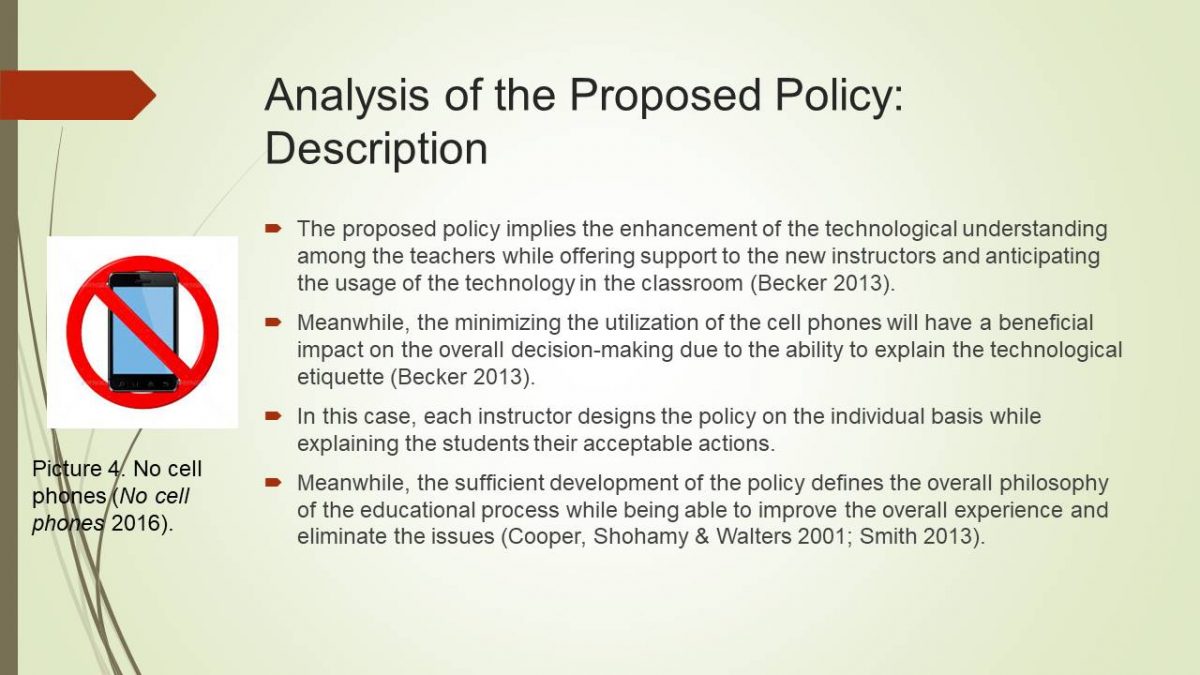
Analysis of the Proposed Policy: Incremental Approach
The problem is related to the inappropriate usage of technology in the class while causing a threat to the educational process and privacy.
The first small change that can be introduced is the ability to use cell phones in class for the educational purposes.
Conclusion: This solution is appropriate, as it allows students to use cell phones in class while contributing to the improvement of the educational process.
The incremental approach implies making changes while trying to find compromises and evaluation the potential outcomes of the problem. In the context of the presented case, two sequences of change are provided. Firstly, the problem is related to the inappropriate usage of technology in the class while causing a threat to the educational process and privacy. Consequently, the first small change that can be introduced is the ability to use cell phones in class for the educational purposes. In this case, the primary advantage for students is the fact that they can use cell phones during the class leading to the substantial expansion of the knowledge while the disadvantage is the matter that some of their actions are controlled. As for the teachers, students can use additional materials during the class can be regarded as an advantage. Nonetheless, Lack of control is present, as the presented situations displayed the possibility of leakage of recording and the presence of the inappropriate comments. Based on the factors provided above, it could be said that This solution is appropriate, as it allows students to use cell phones in class while contributing to the improvement of the educational process.
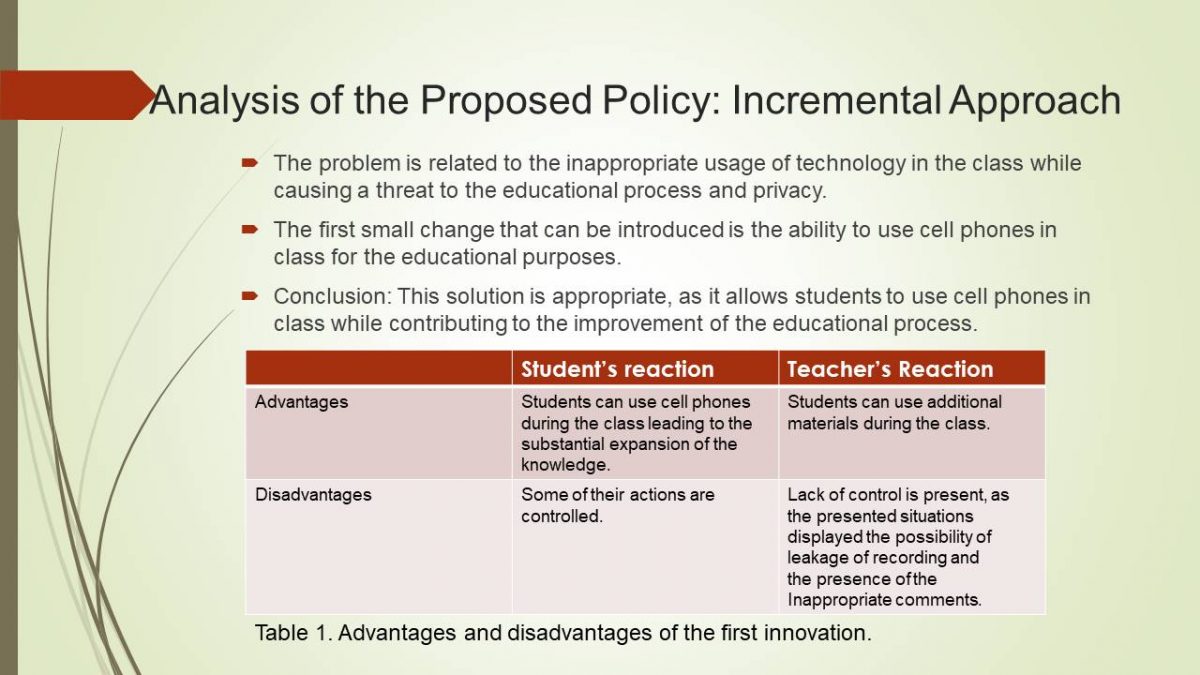
Analysis of the Proposed Policy
The second step is the complete elimination of the cell phone’s usage of the class while evaluating the reaction of the teacher and the students.
Conclusion: This policy is inappropriate, as it will not comply with students’ interests leading to the rise of tensions and pressure during the class.
The policy requires further discussion and development, as the suitable application of cell phones is unclear.
The second step is the complete elimination of the cell phone’s usage of the class while evaluating the reaction of the teacher and the students. It is evident that this step is more radical and increases the aggression among students. In this case, the students will be more focused on the educational process while their actions will be controlled. This matter will have a disadvantageous influence on the teacher’s experience as the increasing pressure in the class and rise of conflicts can have an adverse impact on the educational process. In conclusion, it could be said in conclusion, this policy is inappropriate, as it will not comply with students’ interests leading to the rise of tensions and pressure during the class. The policy requires further discussion and development, as the suitable application of cell phones is unclear.
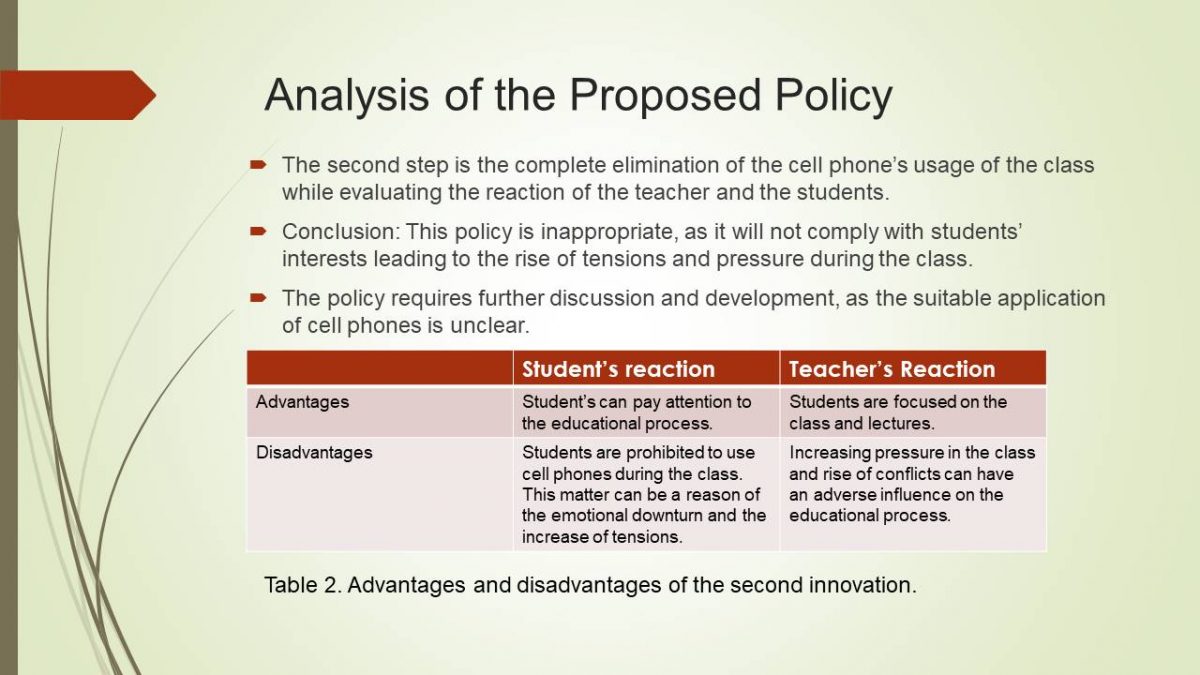
Conclusion
Policy-making is a complicated process, as it tends to depict the overall philosophy of the education and instructor.
Meanwhile, the usage of technology is a critical matter that requires discussion, as the research revealed that it has an adverse influence on the education.
In this instance, the incremental approach as an analyzing instrument revealed that overall understanding of the reasoning behind the necessity of the policy and overall flow of the decision-making.
It was revealed that the usage of the technology in the educational purposes under the control of the teacher could be one of the options. Nonetheless, it is questionable whether the usage of the cell phones has to be prohibited entirely.

In the end, the presentation covered the role of technology from dissimilar angles and helped understand that policy-making is a complicated process. Meanwhile, the usage of technology is a critical matter that requires discussion, as the research revealed that it has an adverse influence on the efficiency of the education. In this case, it is vital to remember that education policy tends to depict the overall philosophy of the education and instructor.
In this instance, the incremental approach as an analyzing instrument revealed that overall understanding of the reasoning behind the necessity of the policy and overall flow of the decision-making. It could be said that this matter helps determine the position of the teacher and student while providing alternative solutions to the problem related to the usage of technology in the class. The tensions tried to be eliminated, as the adjustments were used one at a time.
It was revealed that the usage of the technology in the educational purposes under the control of the teacher could be one of the options. Nonetheless, it is questionable whether the usage of the cell phones has to be prohibited entirely. In the end, this matter is still doubtful as the tensions continue to exist, but we tried to provide the best options to eliminate the magnitude of the pressures.
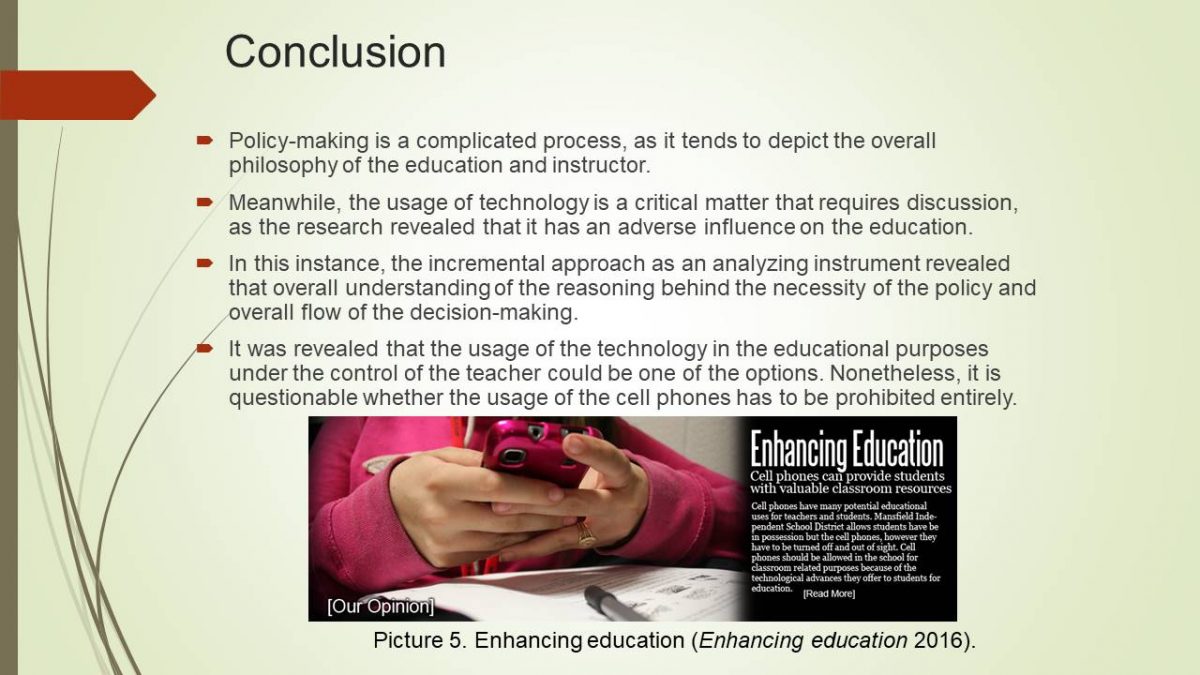
References
Becker D 2013, ‘Anticipating the exemption, not the rule: forming policy for student use of technology in the classroom’, eJournal of Education Policy.
Cooper, R, Shohamy E, & Walters J 2001, New perspectives and issues and educational language policy, John Benjamins Publishing Company, Amsterdam.
Recording in school 2014, video, Jordan Valdes. Web.
Smith R 2013, Educational policy: philosophical critique, Wiley Blackwell: Chichester.
Student response system 2015, video, Warren Consolidated Schools.
Student suspended for recording teacher 2015, video, WPTV News.